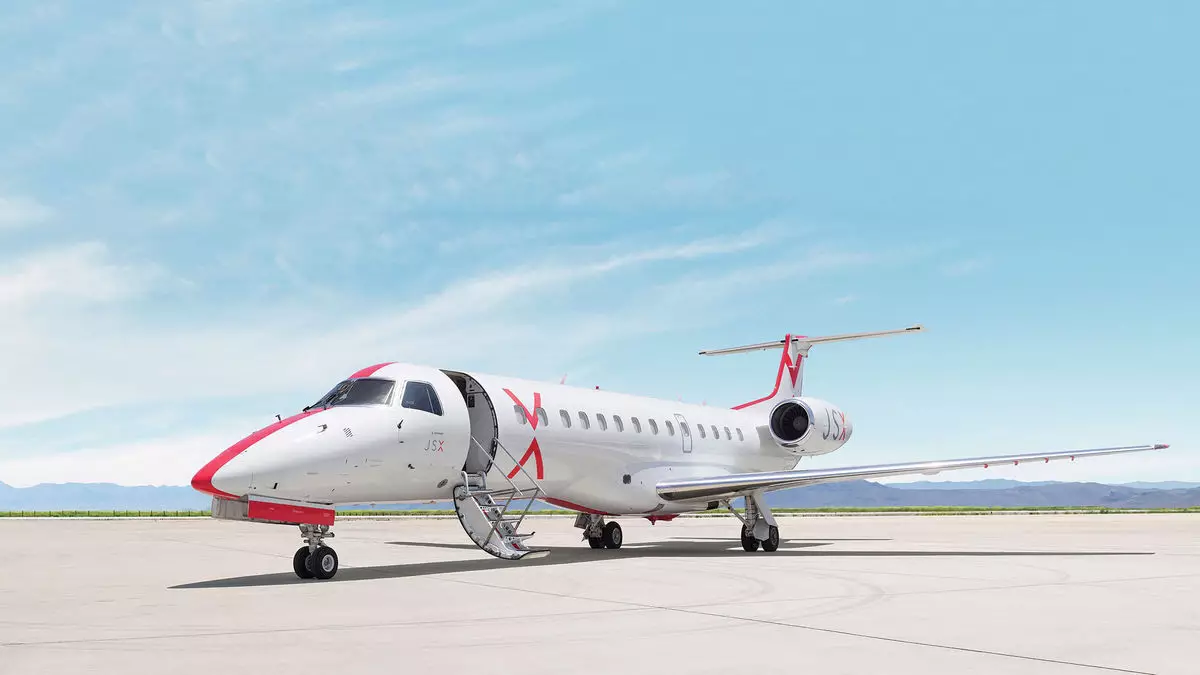In response to evolving security needs, the Transportation Security Administration (TSA) has announced new screening measures for public charter carriers, aligning them more closely with standard commercial airlines. This decision marks a significant change in how private charter services, including popular operators like JSX, Contour, and potentially SkyWest, manage passenger security. As air travel continues to adapt to emerging security threats, these strategic regulations aim to bolster safety protocols across the aviation sector.
The need for heightened security within the aviation industry has emerged as a pressing concern for regulators. The TSA, in alignment with the Department of Transportation (DOT) and the Federal Aviation Administration (FAA), has recognized that the existing framework for public charter carriers lacked the stringent measures that have long been in place for conventional commercial airlines. By mandating standardized screening procedures, the TSA aims to mitigate potential risks associated with increased air travel frequencies and the popularity of charter services.
This regulatory contraction reflects lessons learned from security lapses in the broader aviation arena. As public charters expand—exemplified by JSX’s recent growth, which has seen its services extend to 25 airports—the time was ripe for a reevaluation of existing safety protocols. The TSA’s proactive approach underscores a commitment to safeguarding passenger welfare and maintaining trust in air travel infrastructures.
With the scheduled implementation of these new rules set to occur within six months, the TSA is working closely with affected charter operators to ensure a smooth transition. This collaboration involves equipping operators with necessary training for staff, procuring appropriate screening technology, and engaging with airports to adapt to the updated protocols. The focus on comprehensive preparation aims to minimize disruptions for passengers accustomed to the convenience offered by charter services, which often allow travelers to arrive at the airport a mere thirty minutes before departure.
The change is anticipated to overlap with ongoing discussions within the FAA to further standardize operational protocols across various tiers of aviation, including considerations for pilot training and regulations regarding mandatory retirement ages for commercial pilots. This holistic approach underscores a commitment to uphold safety standards uniformly across the aviation landscape.
Charter Services: The New Competitive Reality
Public charter operators have predominantly thrived on providing an alternative to conventional airlines, often featuring private terminal access and tailored schedules that cater to time-sensitive travelers. However, the implementation of TSA screening procedures may alter the competitive dynamics of this sector. JSX, for example, proudly claims an exemplary safety record, highlighting its substantial investments in security measures. Still, the new regulations could necessitate additional adaptations.
JSX’s CEO, Alex Wilcox, has emphasized that the carrier’s existing security protocols far exceed TSA mandates and have been reinforced through substantial investments in advanced security technologies. The transition to mandatory TSA screenings might compel all operators to evaluate their safety frameworks further, driving innovation and improvement within the industry.
Moreover, the exemption for smaller scheduled operators with fewer than ten seats—such as Tradewind Aviation—suggests that there will still be niches within the travel market that maintain a different set of regulations. This could lead to a bifurcation in the charter market, where larger operators face more stringent regulations while smaller businesses benefit from greater flexibility.
As the TSA merges public charter operations with established commercial airline standards, a delicate balance must be struck between maintaining operational efficiency and ensuring passenger safety. While these regulations may cause initial friction, they reflect a necessary evolution in aviation security practices.
The future of air travel may depend on the industry’s ability to adapt to these emerging standards without compromising the passenger experience. The proactive stance taken by TSA commendably acknowledges that the landscape of air travel requires constant vigilance to navigate potential security threats. Ultimately, fostering a culture of safety while honoring the customer-centric ethos of public charter services will be key to successfully integrating these changes into the aviation milieu.


Leave a Reply